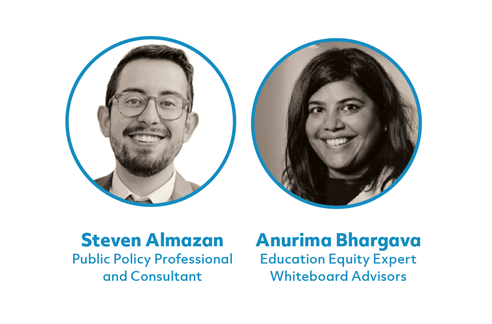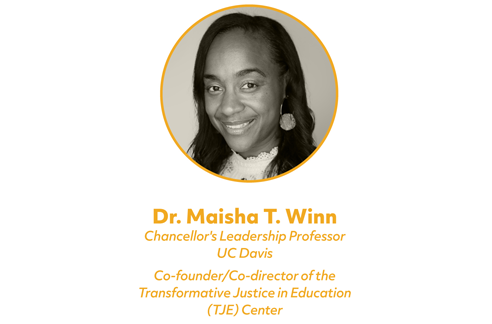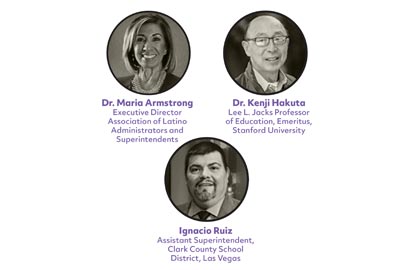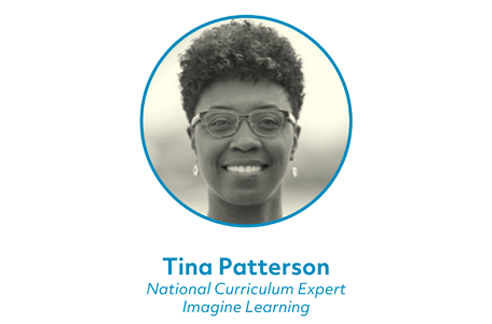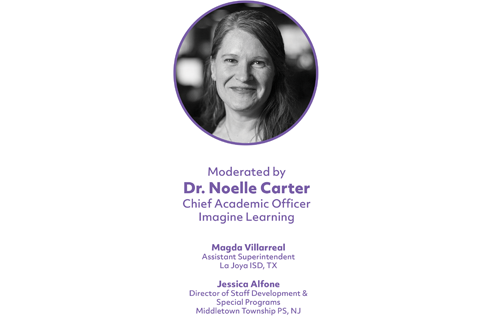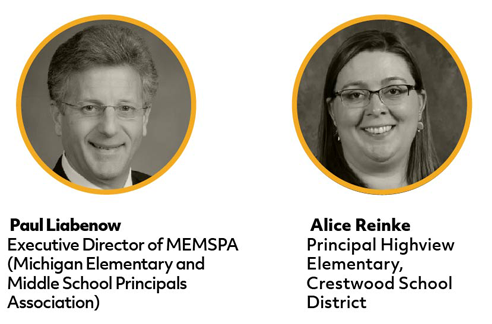October 27, 2022 8:00 am
Imagine Galileo Adds Popular Desmos Calculators
World-Renowned Graphing and Scientific Calculators are Now Integrated into Imagine Galileo’s Powerful K-12 Advanced Assessment Solutions
Scottsdale, Ariz., OCTOBER 27, 2022 – Imagine Learning, the largest provider of digital curriculum solutions in the U.S., serving 15 million students in more than half the school districts nationwide, today announced the addition of the Desmos online graphing and scientific calculators to Imagine Galileo K-12, the convenient and powerful assessment solution used by educators across the country.
“Many teachers and administrators, who we collaborate with every day, expressed an interest in incorporating the Desmos calculators,” said Sari Factor, Vice Chairman and Chief Strategy Officer for Imagine Learning. “Imagine Galileo now empowers educators to best meet their students’ needs by providing the option of using the same online calculator both in their day-to-day schoolwork as well as on state tests.”
Imagine Galileo is an advanced assessment solution for K-12 that provides clear and actionable data and insights on the learning process to improve student growth. The flexible assessment system for ELA, SLA, math, and science, is backed by Item Response Theory (IRT) to accurately predict student performance and empower educators to help every student achieve their potential. Now available in Imagine Galileo, the wildly popular Desmos calculators offer scientific and graphing functions, along with the standard four-function calculator, and are used on 40 states’ standardized assessments. When scheduling tests, educators can now either use the Desmos calculators with full functionality or use the version that students will encounter on state tests.
From Desmos Studio, PBC CEO and Desmos Founder Eli Luberoff: “Imagine Learning was one of the very first partners to use the Desmos Calculators, nearly a decade ago. It’s been a privilege to work together, learn together, and grow together over the years. We couldn’t be more excited to be a part of Imagine Galileo, and to work together with the team at Imagine Learning to bring powerful, equitable, and accessible mathematics to students and teachers across the country.”
About Desmos Studio, PBC
Desmos Studio is a public benefit corporation with a goal of helping everyone learn math, love math, and grow with math. The Desmos Studio team priorities equity and access at every level of the work, and they want to build a world where an individual’s access to the power and beauty of math doesn’t depend on their place of birth, race, ethnicity, gender, or any other aspect of their identity. Desmos Studio’s free suite of calculators are used annually by over 75 million people around the world. For more information, visit desmos.com.
About Imagine Learning
Imagine Learning is a PreK–12 digital learning solutions company that ignites learning breakthroughs by designing forward-thinking solutions at the intersection of people, curricula, and technology to drive student growth. Imagine Learning serves more than 15 million students and partners with more than half the school districts nationwide. Imagine Learning’s flagship products include Imagine Edgenuity®, online courseware and virtual school services solutions; supplemental and intervention solutions for literacy, language, mathematics, and computer science; and high-quality, digital-first core curriculum, including Illustrative Mathematics®, EL Education®, and Odell Education®—all on the Imagine Learning Classroom—and Twig Science®. Read more about Imagine Learning’s digital solutions at imaginelearning.com.

